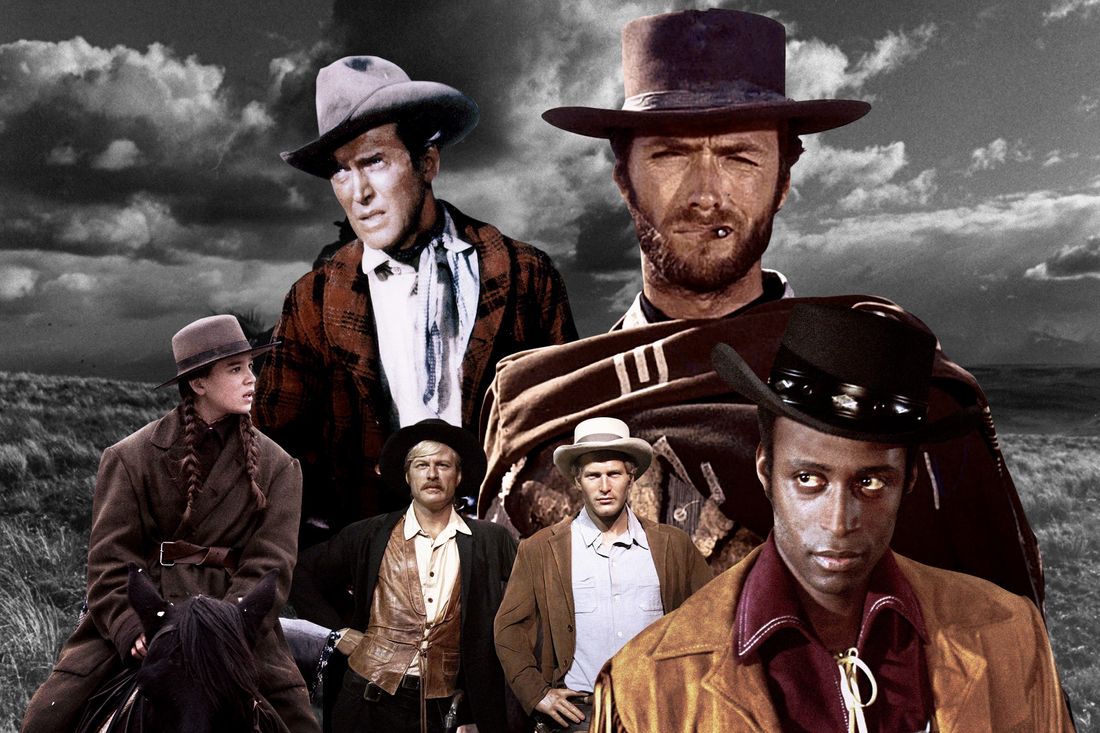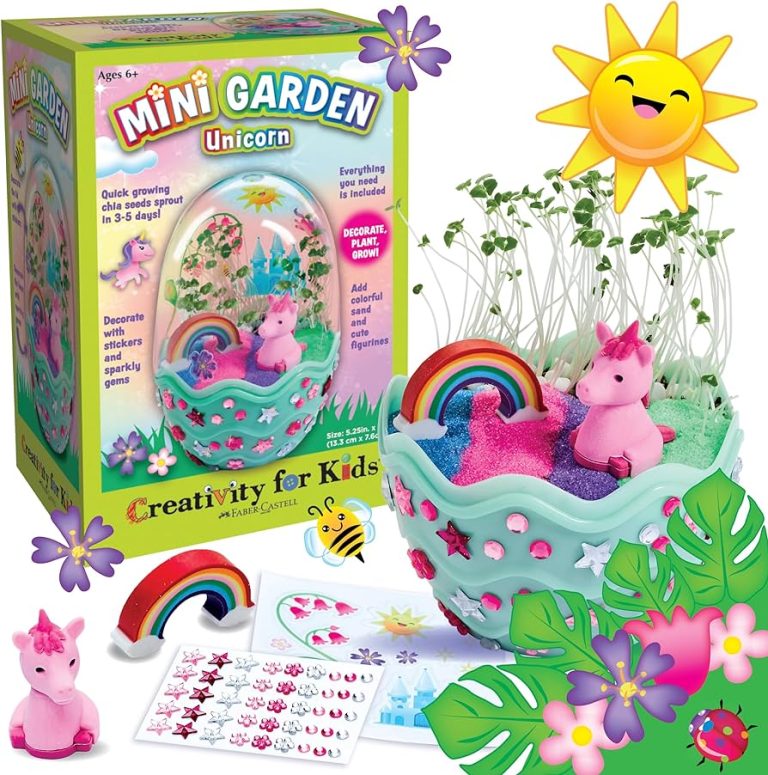9 Best Westerns: Classic to Modern Must-See Films
There’s something timeless about Westerns that captures the rugged spirit of adventure and the untamed beauty of the American frontier. Whether it’s the iconic standoffs, the sweeping landscapes, or the complex characters, Western films have a unique way of transporting you to a different era.
If you’re a fan of the genre or just looking to explore some of its finest offerings, you’re in for a treat. We’ve rounded up the 9 best Westerns that have stood the test of time and continue to captivate audiences with their storytelling and cinematic brilliance. Get ready to saddle up and dive into these unforgettable classics.
Pioneering the Genre: The Great Train Robbery (1903)
### Historical Significance
“The Great Train Robbery” (1903) is one of the earliest narrative films in cinema history. Directed by Edwin S. Porter, it marked a significant technological and storytelling advancement. The film’s 12-minute runtime introduced innovative techniques, like cross-cutting and dynamic camera movements, that set new standards in filmmaking. As a viewer, you’ll witness where cinematic narrative began taking shape.
### Impact on Future Westerns
“The Great Train Robbery” laid the groundwork for the Western genre’s key elements. Its portrayal of outlaws, train heists, and frontier justice became staples in later Western films. Directors like John Ford and Sergio Leone drew inspiration from its pioneering scenes. By watching this classic, you’ll see the origins of the iconic Western tropes that have influenced countless films.
Redefining the Style: Stagecoach (1939)
“Stagecoach” (1939) elevated the Western genre to new artistic heights, setting a benchmark for future films with its storytelling and direction.
John Ford’s Direction
John Ford’s direction revolutionized Westerns. He expertly used Monument Valley’s landscape to create a backdrop that was as much a character as the people. Ford employed innovative camera angles and lighting techniques, highlighting both the vastness and intimacy of the frontier. His balanced portrayal of the tight-knit yet diverse group of stagecoach passengers added depth to the characters, enhancing their individual arcs and enriching the narrative.
John Wayne’s Star-Making Role
John Wayne’s star-making role as the Ringo Kid cemented his status as a Western icon. His portrayal combined rugged charm, vulnerability, and heroism. Wayne’s performance showcased his ability to command the screen, creating an unforgettable character who resonated with audiences and defined his career. This role was pivotal, marking the beginning of Wayne’s long-lasting legacy in Western cinema.
Creating a Legend: The Good, the Bad and the Ugly (1966)
“The Good, the Bad and the Ugly” is not just a Western; it’s a cultural phenomenon that redefined the genre. Directed by Sergio Leone, this film blends unforgettable characters with an iconic soundtrack and innovative storytelling.
Iconic Music Score
Composer Ennio Morricone’s score is legendary. The film opens with a haunting whistled theme, instantly recognizable even to those who’ve never seen the movie. The use of unconventional instruments like ocarinas, electric guitars, and whip cracks adds to the film’s distinct atmosphere. Morricone’s “The Ecstasy of Gold” is another standout, perfectly complementing the movie’s climax. His music doesn’t just accompany the action; it elevates the emotional intensity, making every scene unforgettable.
Innovative Storytelling Techniques
Leone’s storytelling changed how Westerns were made. He used long, tension-filled close-ups that focused on the eyes, enhancing the emotional depth and suspense. The tripartite narrative follows three main characters, each driven by greed, intersecting at key plot points. This non-linear structure keeps you engaged and guessing. Leone’s attention to detail and pacing ensures that each moment, no matter how small, contributes to the film’s larger tapestry. His innovative approach has influenced countless filmmakers, making “The Good, the Bad and the Ugly” a timeless masterpiece.
Revolutionizing the Western: Butch Cassidy and the Sundance Kid (1969)
“Butch Cassidy and the Sundance Kid” redefined the Western genre with its unique blend of comedy and drama and its innovative character dynamics. This 1969 classic directed by George Roy Hill still captivates audiences today.
Blend of Comedy and Drama
Blending humor seamlessly with serious moments, “Butch Cassidy and the Sundance Kid” stands out among traditional Westerns. The witty dialogue between Paul Newman (Butch) and Robert Redford (Sundance) offers a refreshing take on the genre. Instead of focusing solely on gunfights and outlaws, the film balances lighthearted banter with high-stakes action. This innovative approach makes the movie more relatable and entertaining, expanding its appeal beyond die-hard Western fans.
Redefining Character Dynamics
Redefining character dynamics, the film centers on the strong, compelling friendship between Butch and Sundance. Unlike the usual lone gunslinger archetype, this duo’s camaraderie and mutual respect drive the story. Butch’s strategic mind and Sundance’s sharpshooting skills complement each other, creating a balanced partnership that’s both dynamic and engaging. Their interactions showcase a deeper emotional bond rarely seen in Westerns, making their journey unforgettable and adding layers of depth to their characters.
By transforming traditional narrative elements and character portrayals, “Butch Cassidy and the Sundance Kid” remains a revolutionary entry in Western cinema.
Revisiting Historical Legends: Pat Garrett and Billy the Kid (1973)
“Pat Garrett and Billy the Kid” (1973), directed by Sam Peckinpah, delivers an authentic and gritty portrayal of the Old West, making it a standout in Western cinema.
Authenticity in Portrayal
Peckinpah’s dedication to realism is evident throughout the film. He focuses on accurate depictions of the era’s rough daily life, weather-worn landscapes, and period-appropriate costumes. You’ll notice that even the dialogue reflects the vernacular of the time. This commitment to authenticity immerses you in the historical context and paints a vivid picture of the challenges faced by individuals in the Old West.
Complex Character Study
The film delves into the intricate relationship between Pat Garrett and Billy the Kid. Instead of presenting straightforward hero-villain dynamics, it explores their nuanced motivations and morally ambiguous choices. James Coburn’s portrayal of Garrett provides depth to a character often seen through a single lens, while Kris Kristofferson’s Billy the Kid brings a poetic yet rough essence to the legendary outlaw. This character study challenges you to reconsider preconceived notions about these historical figures, highlighting their humanity and the complexities of their fateful encounter.
Modern Take on the Old West: Unforgiven (1992)
Unforgiven,” directed by and starring Clint Eastwood, offers a modern take on the classic Western. It revisits the genre with a darker and more complex narrative.
Clint Eastwood’s Revisionist Approach
Eastwood reimagines the Old West by stripping away its romanticism. Instead, he presents a grittier, more cynical view. He plays William Munny, a retired outlaw who’s reluctantly drawn back into violence. This role contrasts sharply with the traditional, almost mythic Western heroes. His direction emphasizes the harsh reality over stylized gunfights. Eastwood’s approach deconstructs the heroism often associated with Western protagonists, revealing their flaws and sins.
Themes of Redemption and Revenge
The film delves deeply into its two central themes: redemption and revenge. Munny seeks redemption for his violent past, trying to lead a peaceful life. However, the lure of one last bounty forces him back to his old ways, highlighting his internal struggle. Revenge drives the plot as Munny, and his companions hunt down men who disfigured a prostitute. This quest blurs the lines between justice and vengeance. The film’s complex interplay of these themes challenges viewers to question the morality of the characters’ actions.
Injecting Fantasy Elements: Wild Wild West (1999)
“Wild Wild West” (1999) adds a unique spin to the Western genre by injecting fantasy elements. It blends science fiction and period Western aesthetics to create an unforgettable film.
Science Fiction Meets Western
“Wild Wild West” combines futuristic gadgets with classic Western tropes. You’ll see steampunk-inspired technology, gigantic mechanical spiders, and advanced weaponry that seem ahead of their time. The unusual blend of sci-fi elements such as these with traditional Western settings pushes the boundaries of the genre, offering a fresh take for audiences.
Critical Reception and Public Opinion
Despite its innovative concept, “Wild Wild West” faced mixed reviews. Critics often point to the film’s uneven tone and lack of coherence. However, some viewers appreciate its campy, adventurous spirit. Its whimsical approach to the Western genre generates both critics and fans, making it a polarizing yet interesting piece of cinema.
A Successful Remake: True Grit (2010)
“True Grit” (2010) successfully breathes new life into the iconic Western originally released in 1969. Directed by the Coen Brothers, this remake stands out for its authenticity and gripping narrative.
Comparisons to the Original
The 2010 remake stays faithful to the original plot. While the 1969 version starred John Wayne in his Oscar-winning role, the new adaptation features Jeff Bridges as the grizzled U.S. Marshal Rooster Cogburn. The Coen Brothers emphasize darker, more realistic tones, contrasting with the lighter, more comedic approach of the original. This modern take lingers on the harshness of the Old West, making it a more intense experience.
Performances and Cinematography
Jeff Bridges delivers a compelling performance, bringing a raw, layered depth to Rooster Cogburn. Hailee Steinfeld, in her breakout role as Mattie Ross, captivates audiences with her determination and charm. Roger Deakins’ cinematography captures the rugged beauty of the Western landscape, showcasing vast, desolate plains and intimate character moments. This combination of stellar performances and visual storytelling enhances the film’s authenticity and emotional impact.
Fusion of Old and New: Django Unchained (2012)
Quentin Tarantino’s Django Unchained combines classic Western themes with a bold modern twist. Its unique blend of humor, violence, and historical commentary makes it a noteworthy entry in the Western genre.
Tarantino’s Unique Style
Tarantino’s unmistakable style infuses every scene in Django Unchained. You’ll find his signature non-linear storytelling and sharp dialogue captivating. The film balances intense action with moments of dark humor, creating a distinctive atmosphere that sets it apart from conventional Westerns. Christoph Waltz, Jamie Foxx, and Leonardo DiCaprio deliver unforgettable performances that showcase Tarantino’s knack for character development. Each scene is meticulously crafted, paying homage to classic Westerns while injecting Tarantino’s unique flair, making it both a tribute and a reinvention.
Controversial Themes and Historical Revisionism
Django Unchained grapples with controversial themes like slavery and revenge, adding a layer of complexity to its narrative. You’ll notice Tarantino’s approach to historical revisionism as he reimagines the Antebellum South with a mix of brutal realism and stylized violence. The film’s portrayal of sensitive subjects sparked debates, but it also drew attention to the horrors of slavery in a way few films have dared. By blending factual history with fictional elements, Tarantino challenges viewers to confront uncomfortable truths while delivering an engaging and thought-provoking story.
Conclusion on the 9 Best Westerns
Exploring Western films reveals a rich tapestry of storytelling that continues to evolve. From the early days of “The Great Train Robbery” to the modern complexities of “Django Unchained” each film brings something unique to the genre. Whether it’s the authenticity of “True Grit” or the genre-blending of “Wild Wild West” these films offer diverse experiences that captivate audiences.
The Western genre’s ability to adapt while preserving its core themes is a testament to its enduring appeal. These nine films not only entertain but also invite you to reflect on deeper societal issues. So grab some popcorn and dive into these iconic Westerns—you won’t be disappointed.






